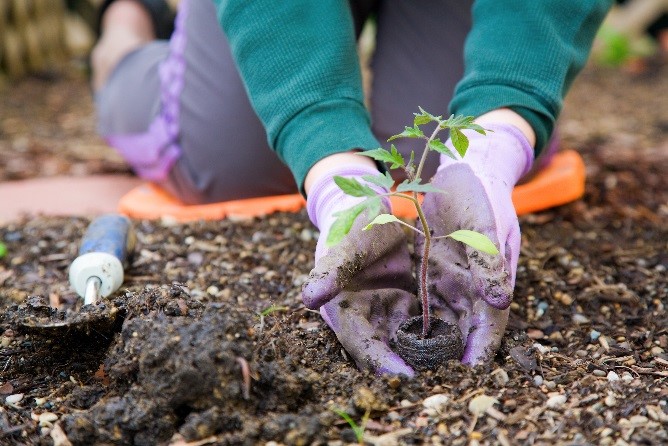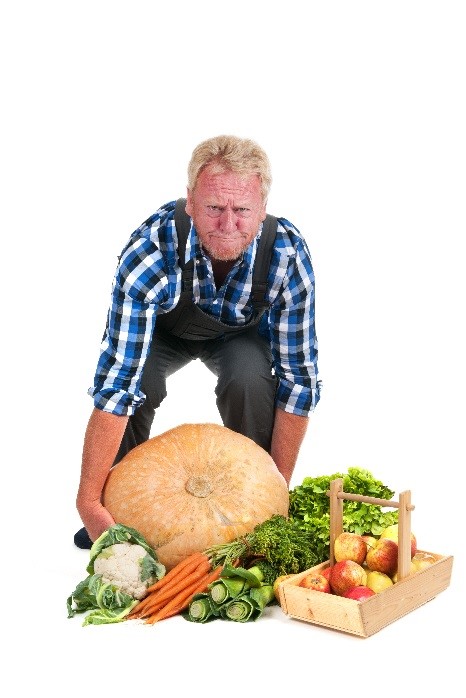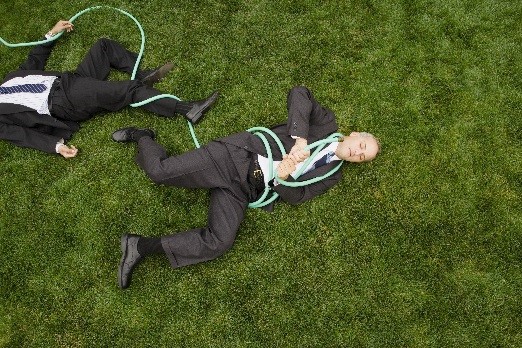With the May long weekend upon us, this week we thought we would discuss some outdoor activities common for this time of year. One good example is gardening.
Gardening offers many benefits for people of all ages; however, it does not come without risks. The following blog outlines the benefits and risks of gardening, and provides easy to apply ergonomics solutions to prevent injury.
Benefits of Gardening:
- Good nutrition; gardeners eat more produce than non-gardeners and they eat a wider range of fruits and vegetables
- Gentle, low impact activity (unless you are landscaping with digging and lifting) involving both strength and flexibility for the whole body
- Relaxation and stress reduction
- Improved mental health
Risks of Gardening:
- Sunburn, heat stroke / exhaustion
- Traumatic or repetitive strain injury (covered extensively in this blog)
- Injury from hazardous equipment, chemicals, or soil bacteria
Common Risk Factors and Solutions:

Awkward Postures:
Awkward postures may put you at risk for both traumatic and repetitive strain injuries. Maintaining neutral postures can reduce the risk of discomfort, fatigue and injury. Consider the following strategies to avoid awkward postures when gardening:
- Garden in raised beds
- Use a raised table for planting pots rather than working on the ground
- Use a stool or gardening bench to avoid sitting on the ground
- Use knee pads or a kneeling pad to reduce the stress on knee joints when kneeling
- Work while facing the plants, pots and beds to reduce excessive reaching and twisting in the back, neck and upper limb.
- Use long-handled tools to allow work in an upright standing posture
- Change positions and postures frequently
- Distribute the work as evenly as possible between both hands
Lifting:Proper lifting technique is very important to prevent injury. Consider the following tips and always ask for help when the load is too heavy, large, or bulky.

- Assess the situation, test the weight of the load or consider how bulky the load is—do you need help?
- Be prepared—wear non-slip footwear (avoid flip flops, for example) and remove items than might lead to a trip and fall
- Complete the lift—
- stand with a wide base,
- bend the hips and knees while keeping the spine upright,
- face the object directly to avoid twisting,
- keep the object close to the body,
- tighten the stomach muscles while lifting, and
- lift slowly with control
- don’t hold your breath
- Keep loads small. For example, scoop dirt out of the bag instead of trying to lift the entire bag.
- When moving loads consider using a small wagon, there are a number of wagons available on the market. Consider larger tires designed to go over uneven ground.
Tip and fall:

Ensure that your space is tidy by putting away objects that can lead to a trip and fall such as uncoiled hoses or rakes lying on the ground.
Repetitive Movements:
Ensure that activities are not too repetitive by rotating tasks frequently or by using your other hand. For example, weed and water a bed before proceeding to weed the next bed. Also remember to take breaks frequently.
Sun Exposure:
- Be aware of the sun and avoid gardening during the hottest times of the day (12:00 to 2:00).
- Wear sunscreen and reapply frequently
- Wear a wide brimmed hat, long sleeves, and long pants
- Stay hydrated

